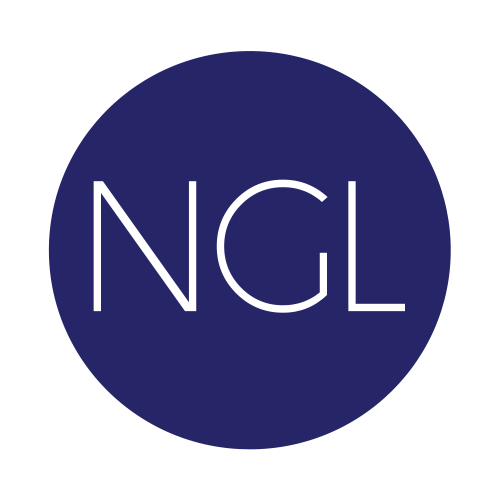Lifelong learning has been embraced by governments and social partners alike as a cornerstone of professional development. But the reality is that its implementation has been haphazard, with no one fully assuming responsibility for actually making it work.
One reason for this is that more than 60% of people’s realistic job opportunities are either hidden from view or inaccessible to them. Why? Because these opportunities are in another sector. Our siloed approach to lifelong learning has proven to be stubbornly parochial, and it’s high time we changed that.
Time to hit reset
Why are we training people to advance only within their current industry? Why are we preparing them exclusively for a career within our own organization? Why do we encourage them to dig into ever deeper specializations within the same professional domain?
How did we lose sight of the one thing that really matters when thinking on a lifelong scale: enabling people to make the most of who they are, with their unique talents and qualities? It sometimes feels as if “lifelong development” is simply a new name we’ve given to an age-old practice: pumping people through a system that ultimately only serves entrenched companies and existing structures.
People first
The deep irony of this system is that, in the end, it doesn’t serve the professionals’ career development either: too many opportunities are lost simply because we don’t look out across our familiar silos. That’s what happens when you supercharge the economy with hyperspecialized islands of excellence but fail to build passages for people to transition between them.
The truth is simple, and it is urgent. What really matters is people—for diversity, for innovation, for continuity and growth.
What’s next?
Fortunately, we have indeed made some real progress, identifying the key factors needed to make next-generation lifelong learning possible. A quick overview:
- Insights into the person’s passion, personal motivation, competencies and skills;
- Matching their personal skills and experience to a suitable job in a sector looking for new hires;
- An affordable financial plan to enable them to complete the transition to a new position;
- Focused, short-term and targeted modular (re)education;
- A consortium of organizations in both shortage and redundancy industries, jointly making provisions for new hires to settle successfully into a new job.
Crossing borders
Putting these ingredients in place at scale is a challenge. But it would free us from a world in which CVs and diplomas can be unmerited dealbreakers; in which performance and education profiles reflect corporate conventions rather than individual capabilities; and in which haggling about timing, funding and support can break down a possible bridge to a new career before it’s even built.
What is needed now is border-crossing leadership that is open, inventive, passionate and dedicated to fostering every professional’s capacity to be their best self. Let’s connect!
By Ron de Mos, Executive Coach NGL International
21 April 2021
